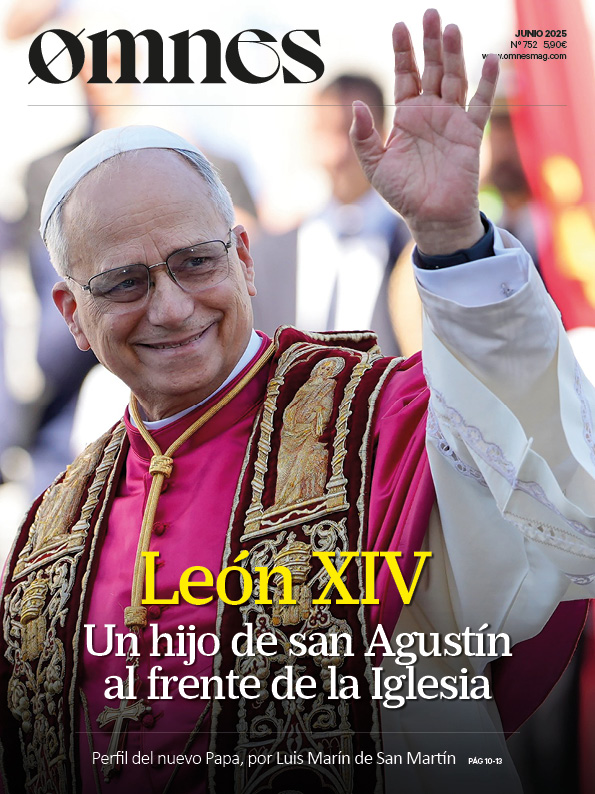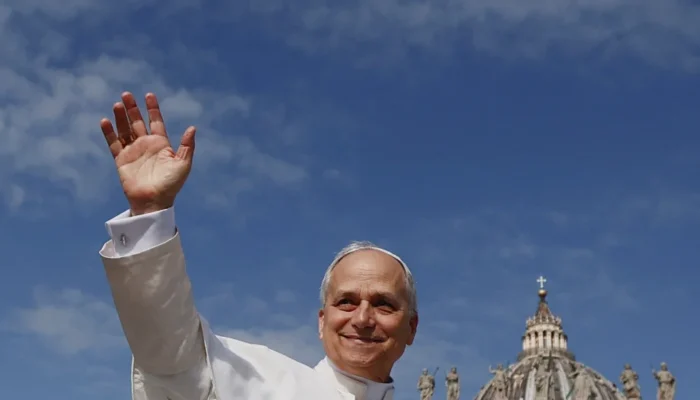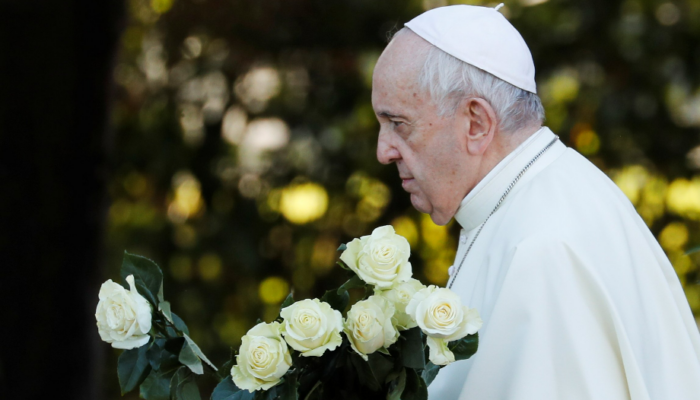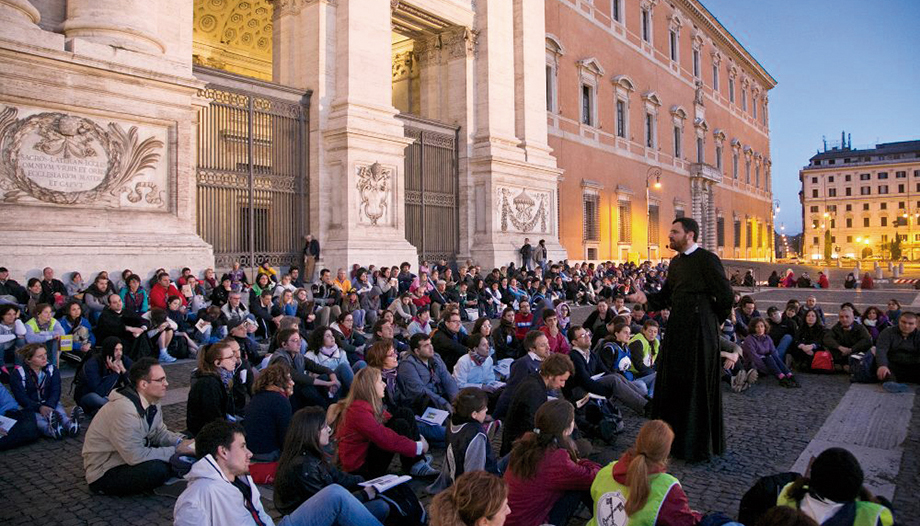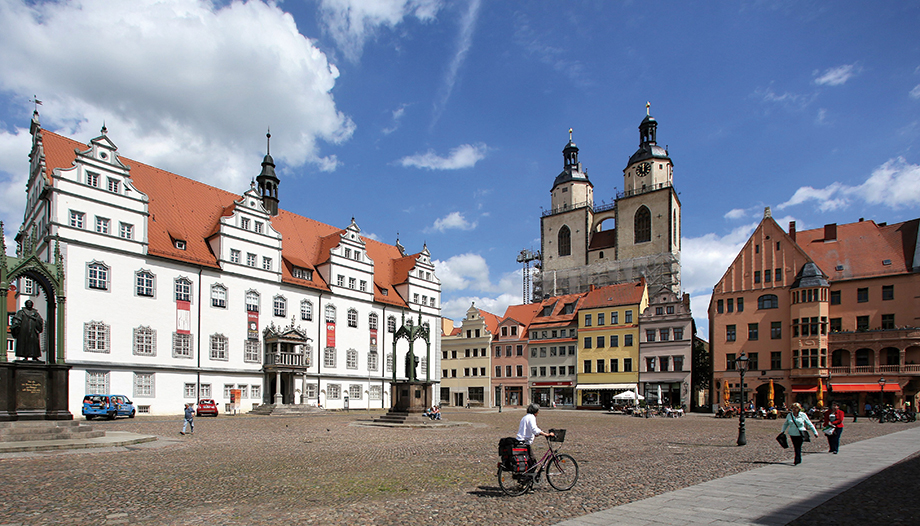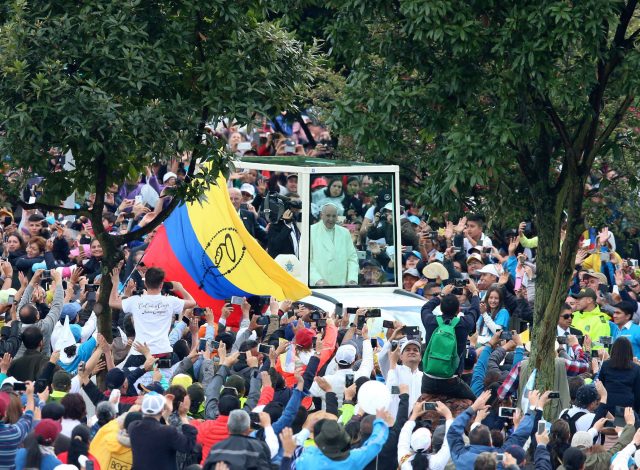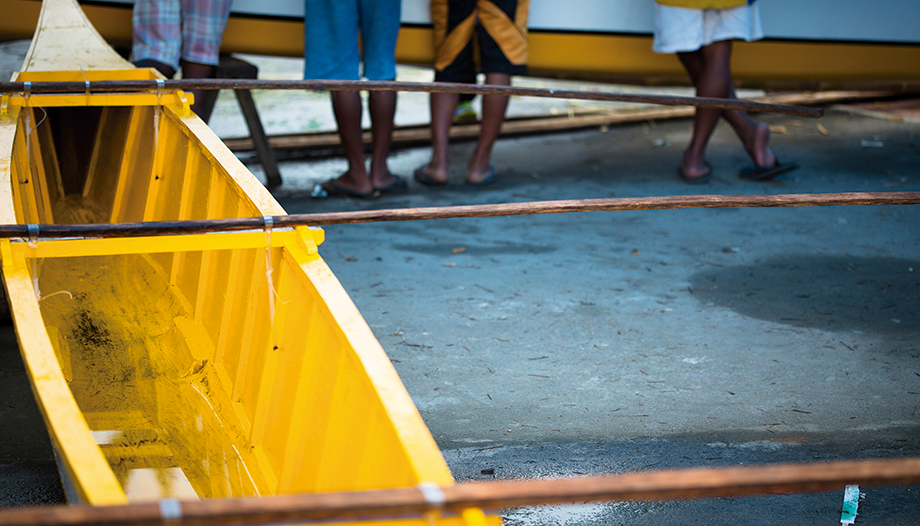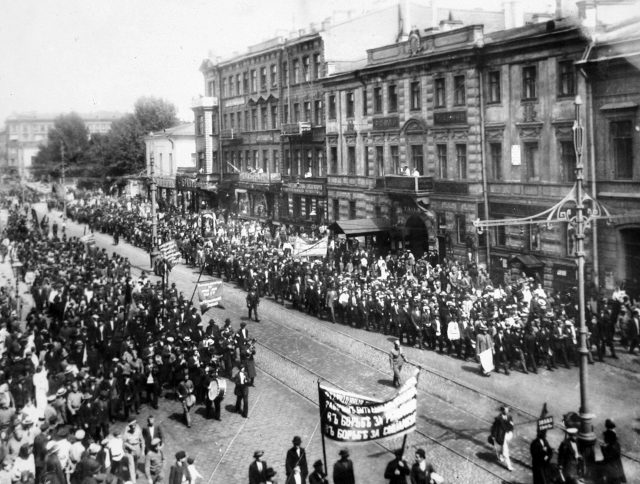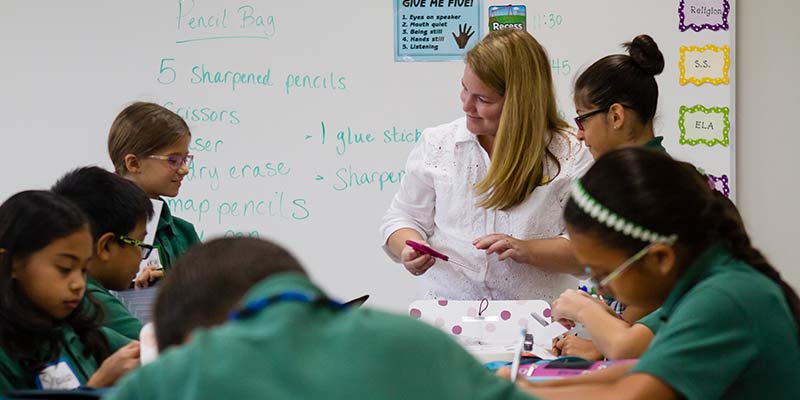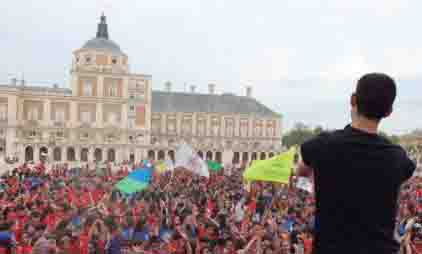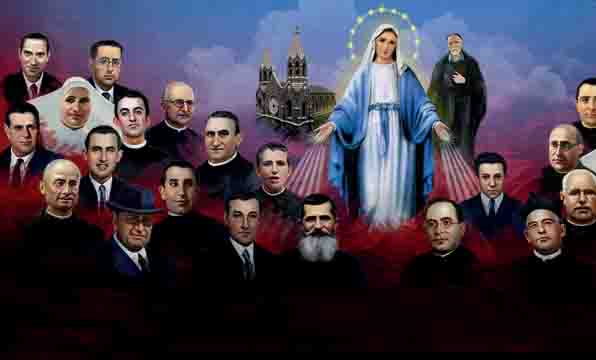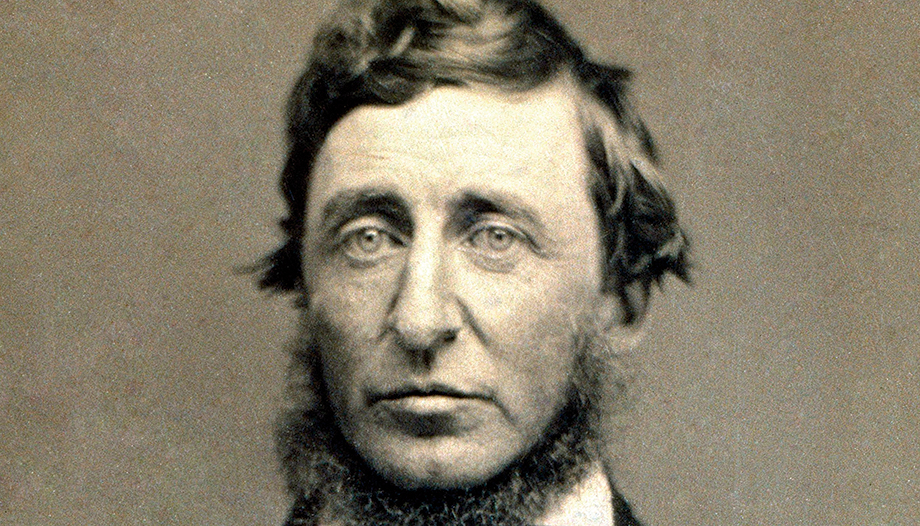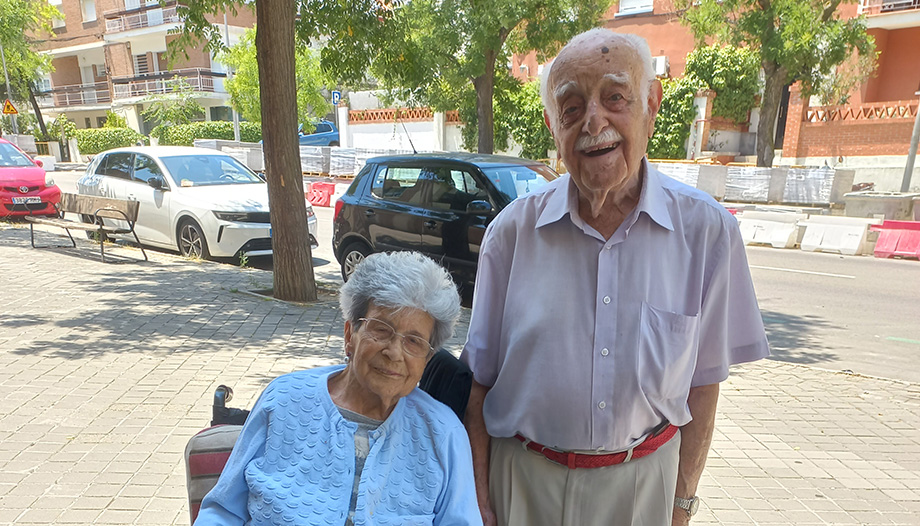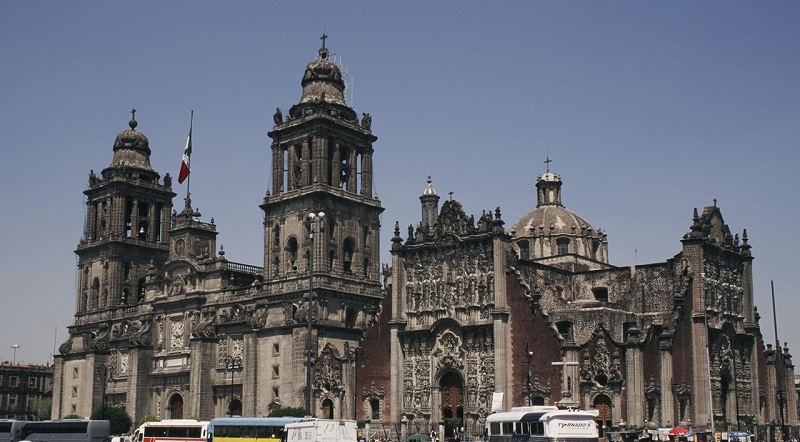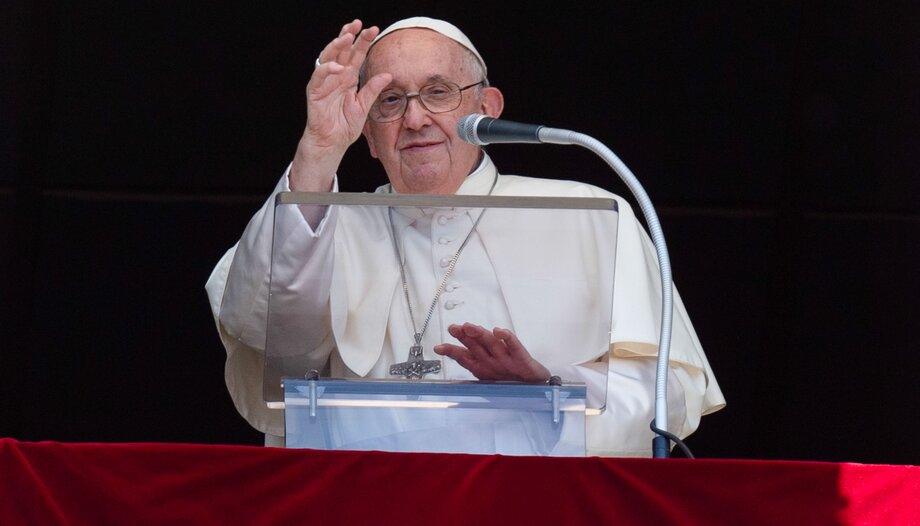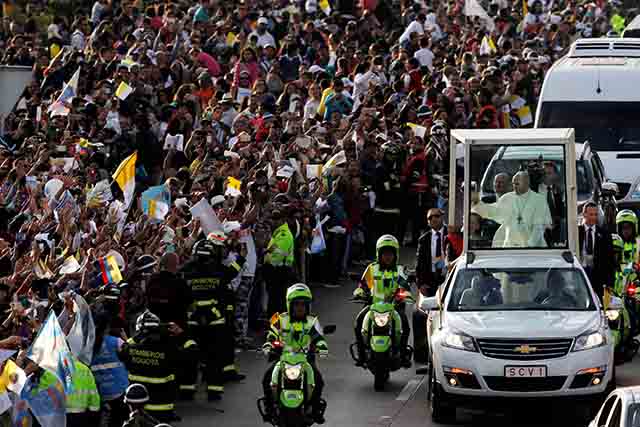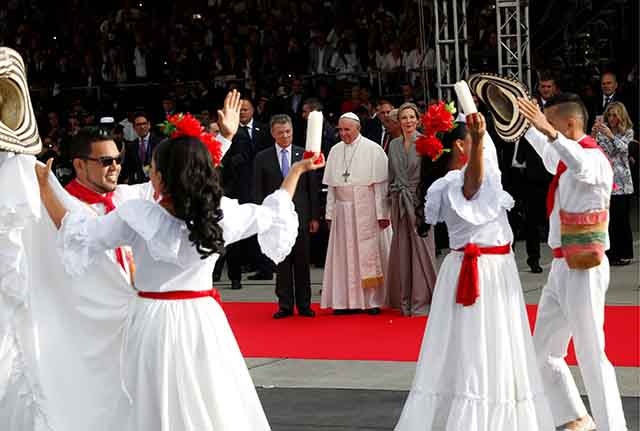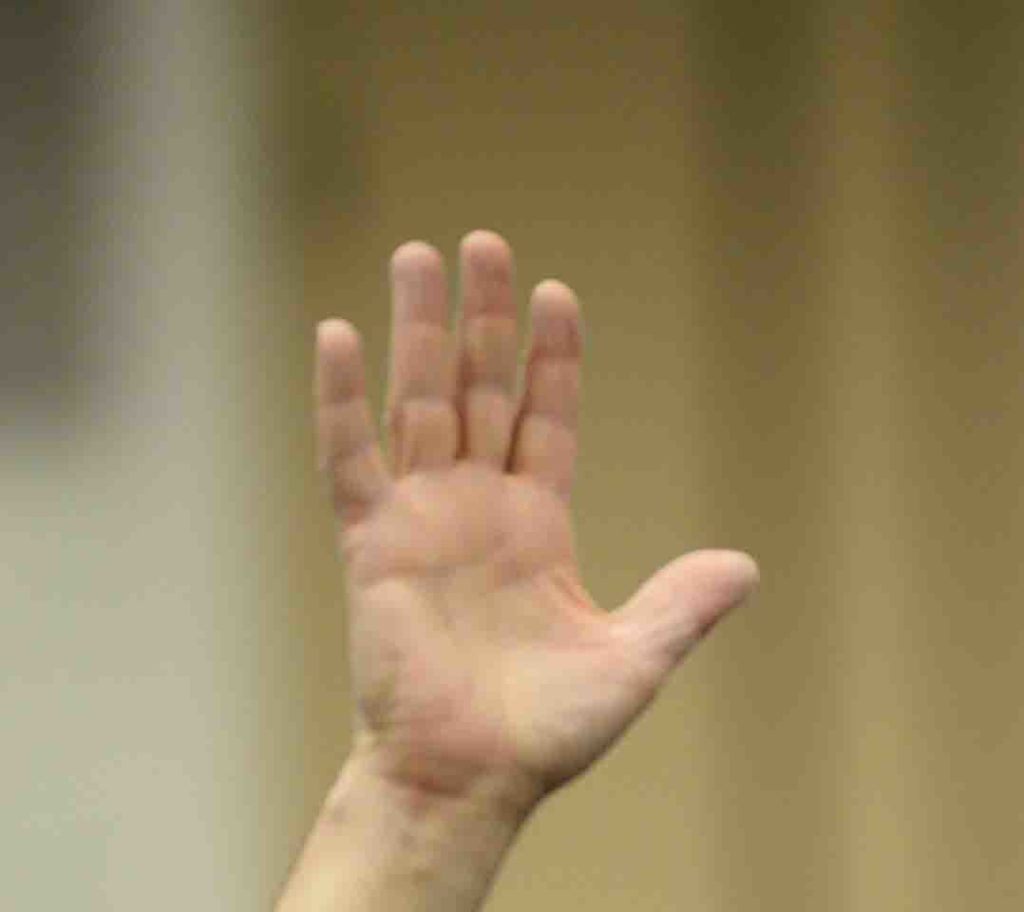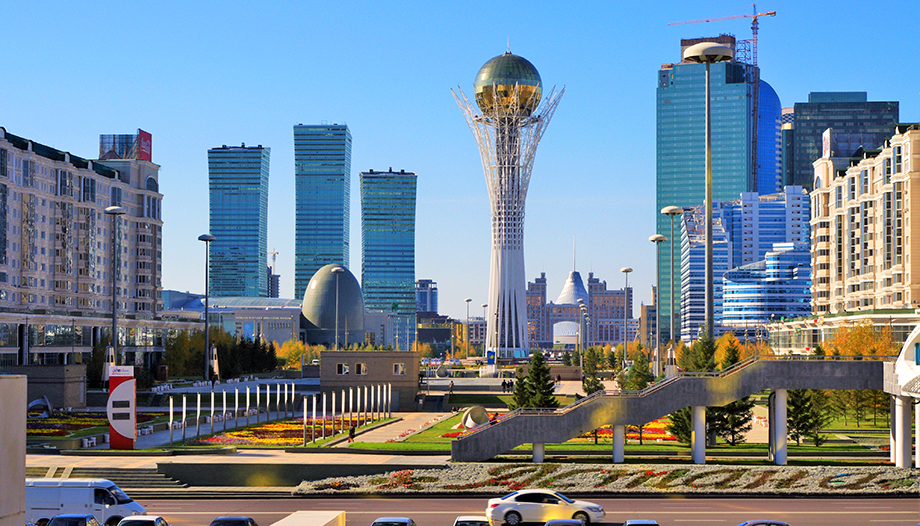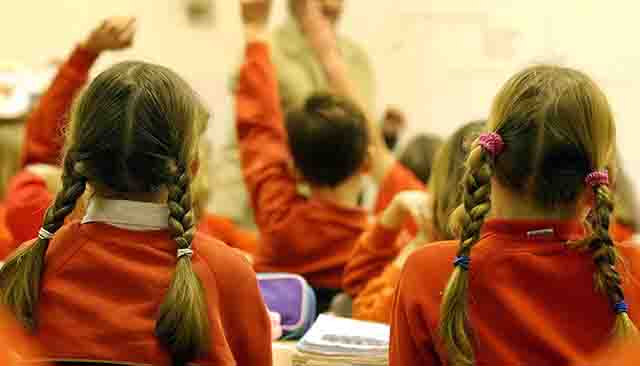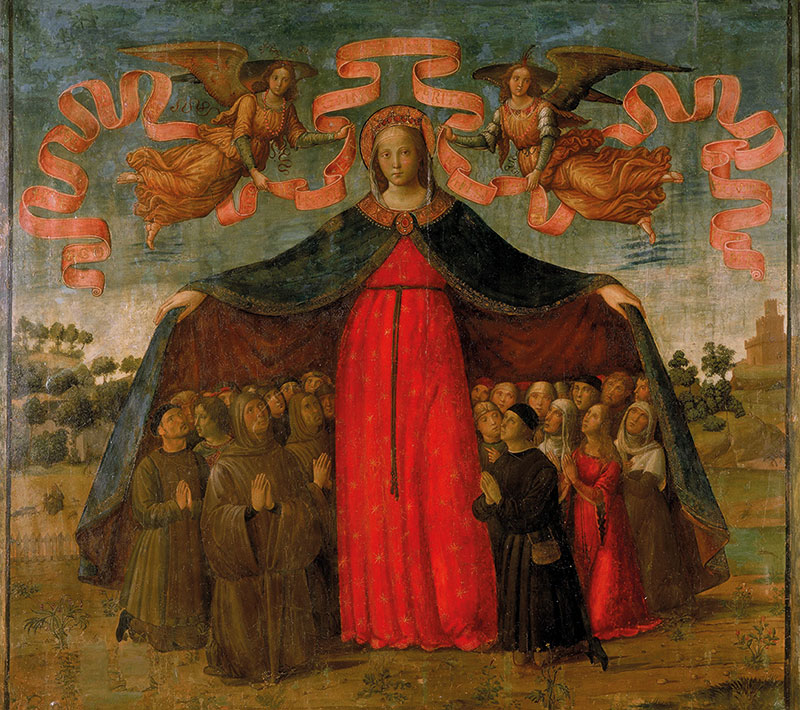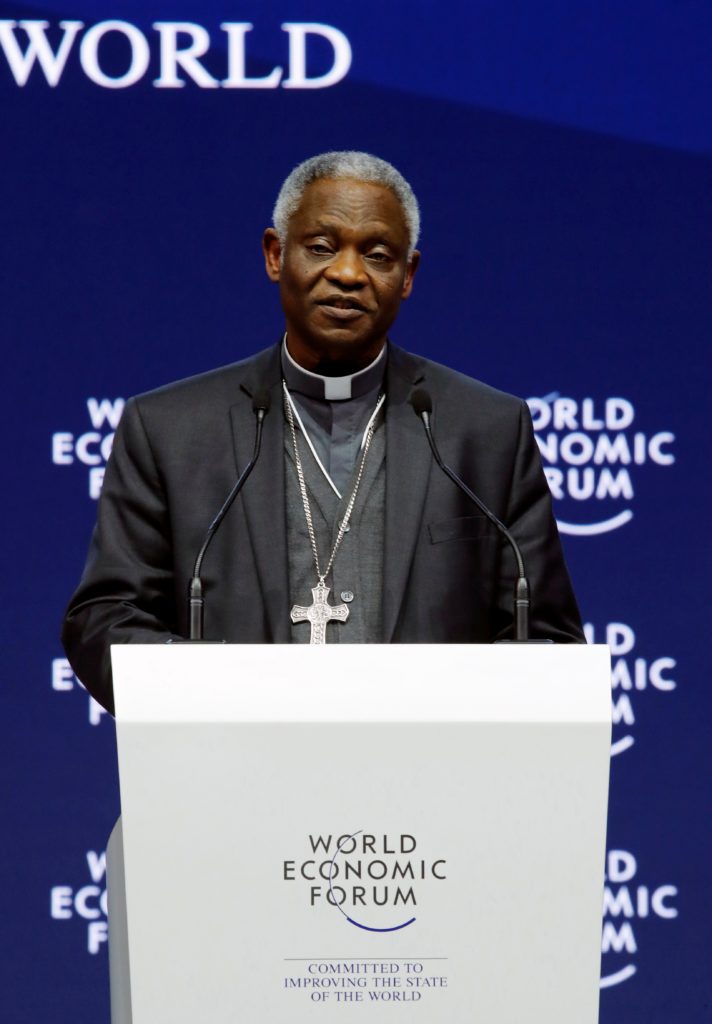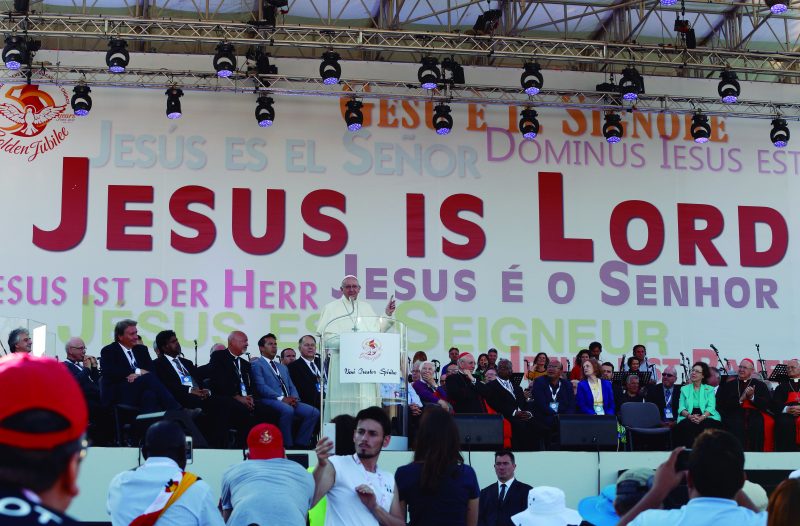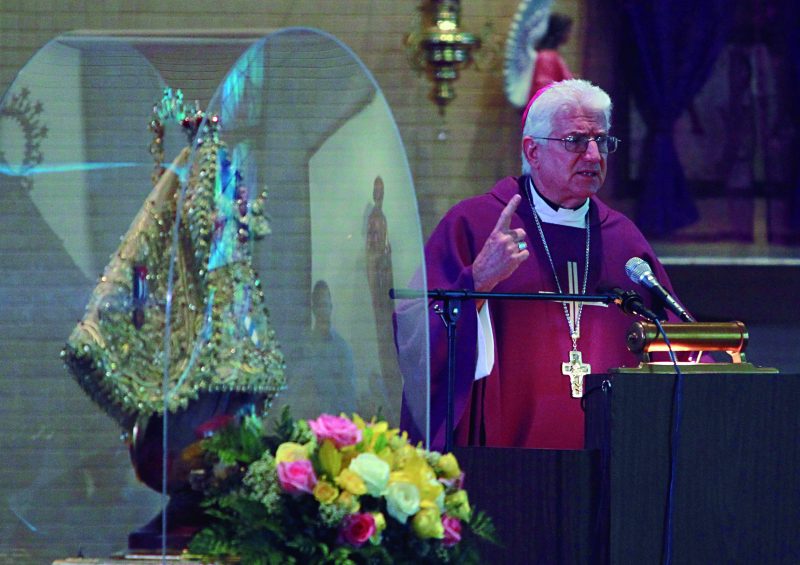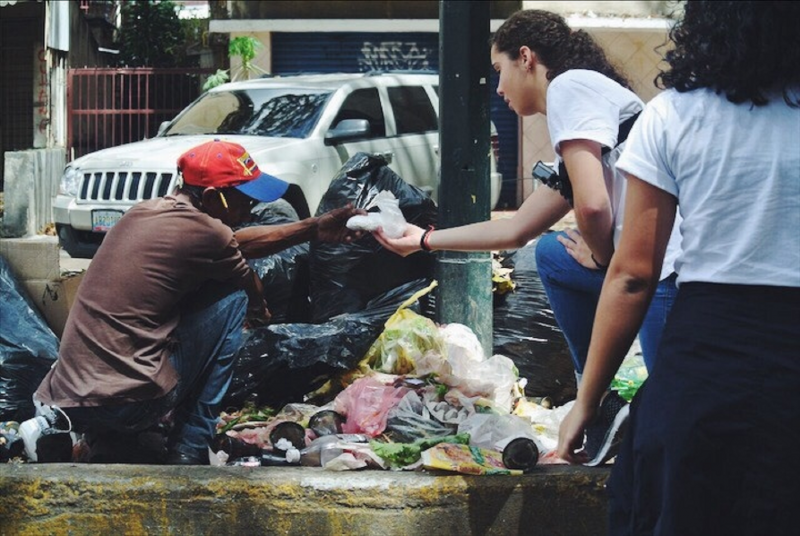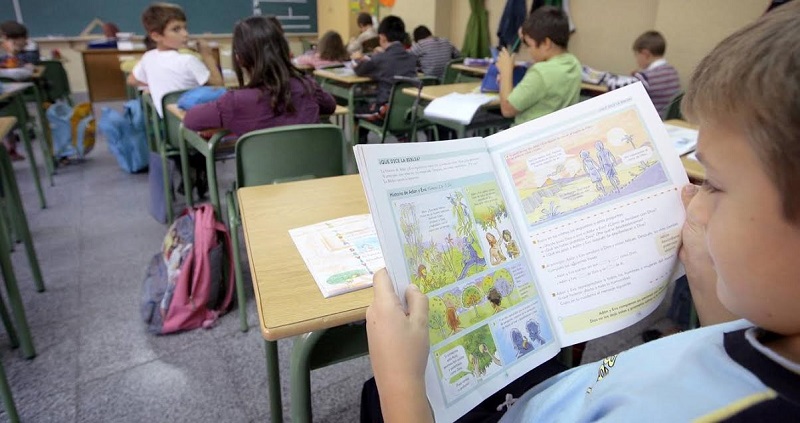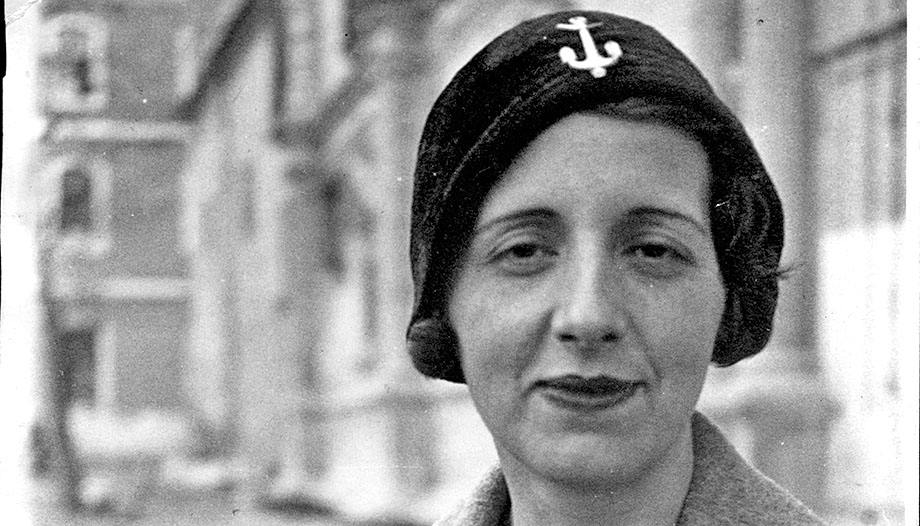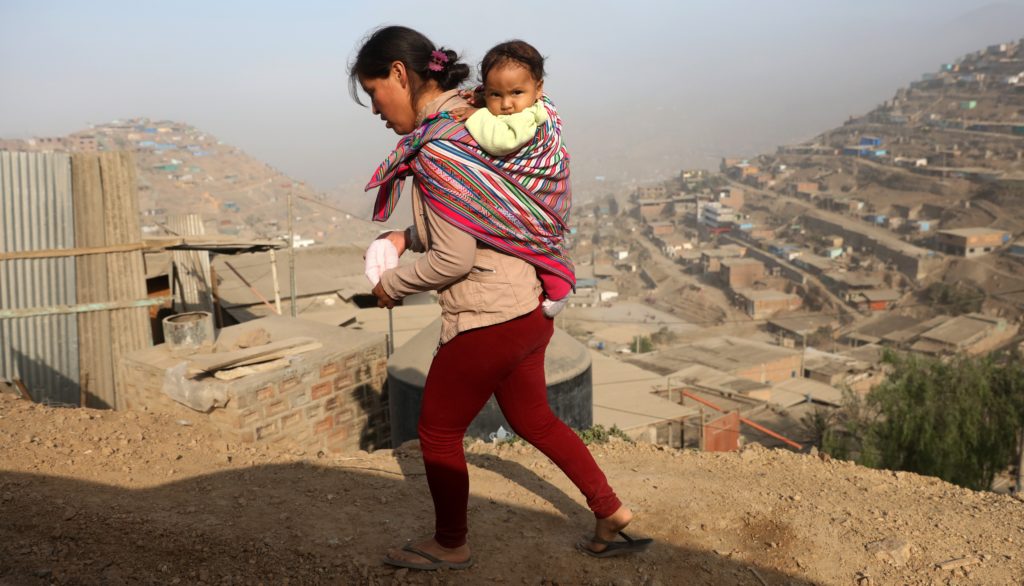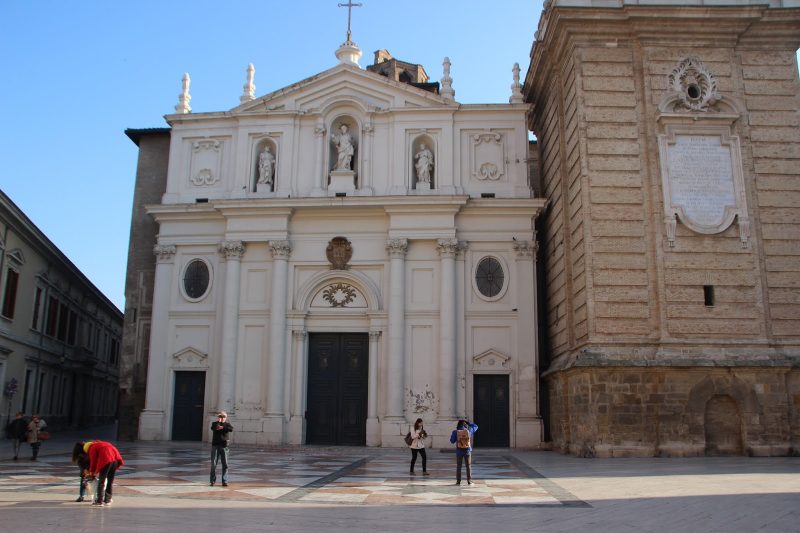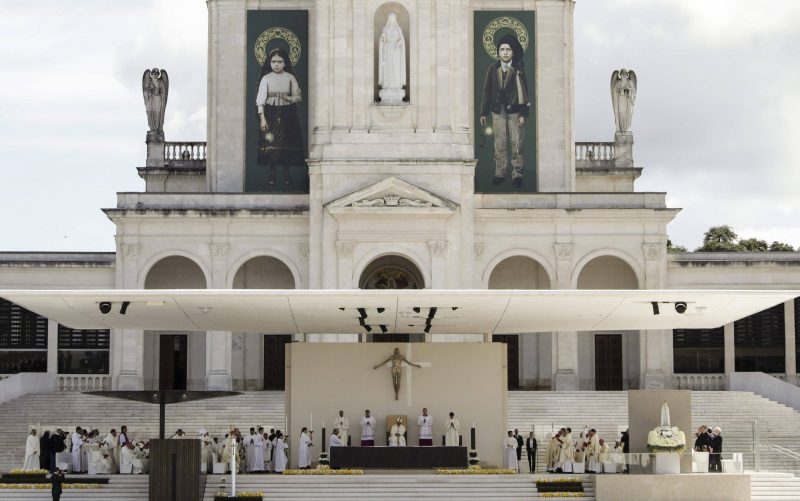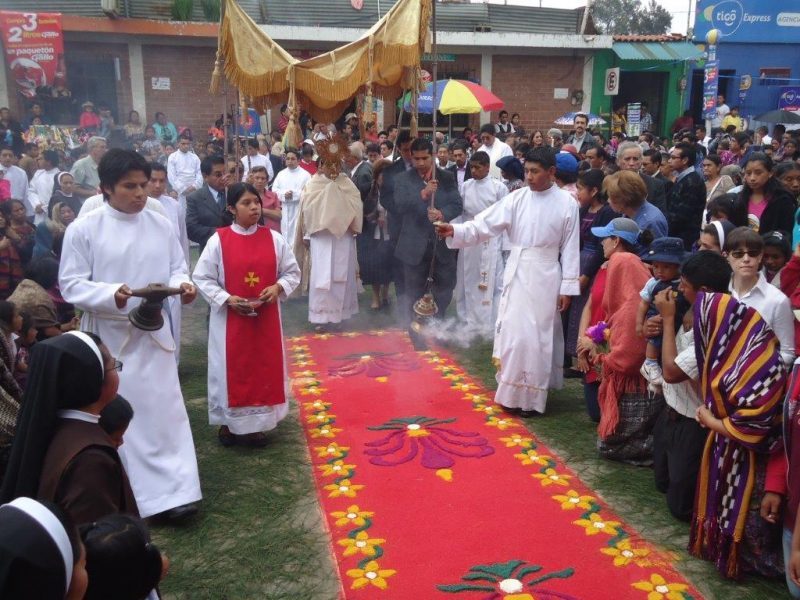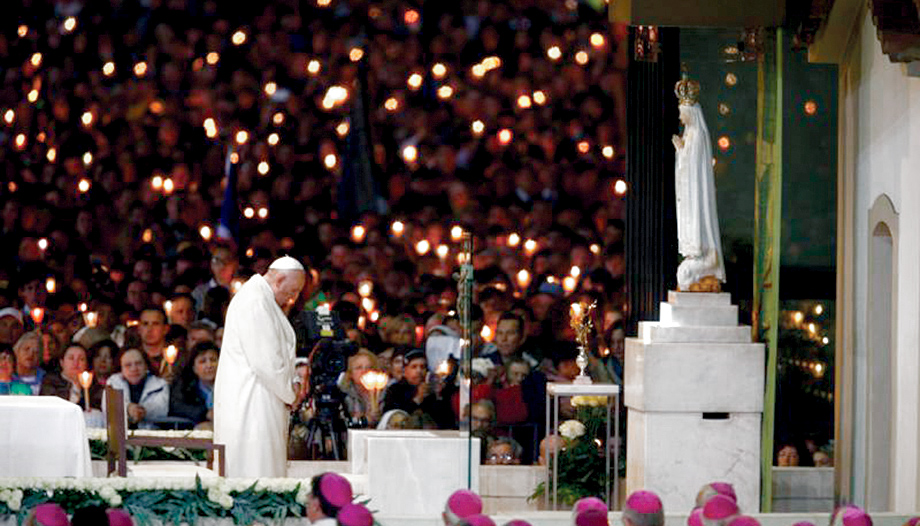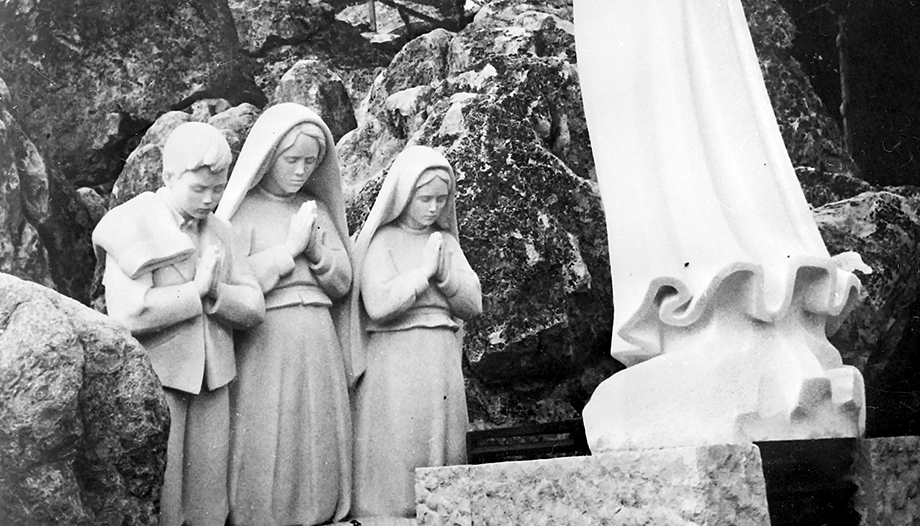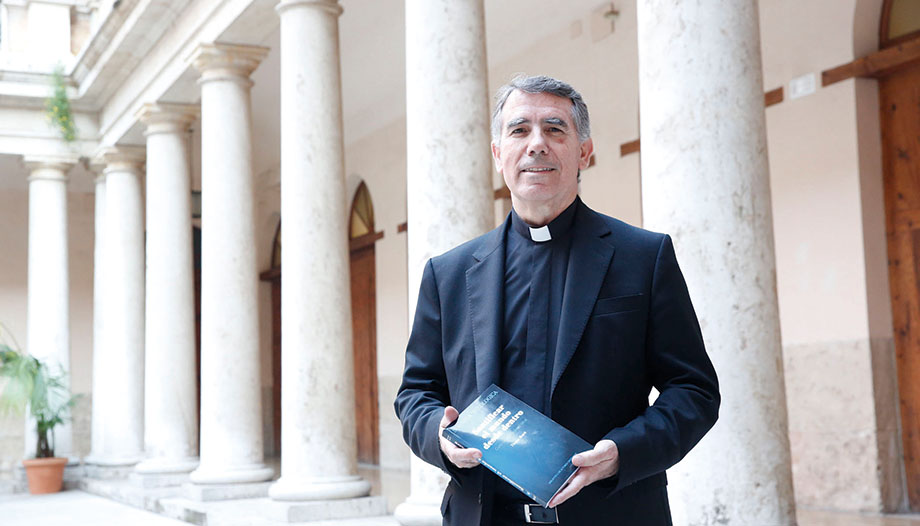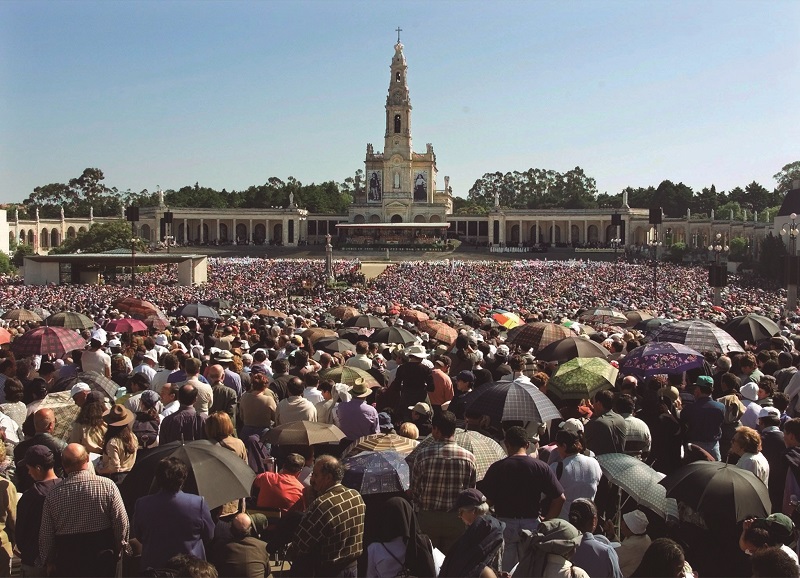We are all faced with the challenge of living with whatsapp, whose frontiers are expanding in our time, and to channel its use positively, so that it helps us to develop as persons and does not become a wall that isolates us from God or from others.
Says the Catechism of the Catholic Church (CEC) that the human heart is the dwelling place where I am, or where I dwell, the place of truth, of encounter and of the Covenant. It is in the heart that communion with God and with others takes place, which constitutes the end of man, and from which derives the integration achieved by the person, in body and in spirit.
For the heart to remain free and open to God, it needs to detach itself from earthly attachments, subtle threads, worldly attachments, forces that make it insensitive and lethargic. And, the catechism concludes, although one cannot meditate at all times, one can always enter into contemplation, regardless of one's health, work or affective conditions. The heart is the place of search and encounter, in poverty and in faith (CEC, n. 2710).
This is a decisive affirmation: the contemplative gaze on the Lord is the loving union with the divine Will, to make the heart seek and rest in God, to rest in Him; for which, it must be detached from all created things. Although one must love the world passionately, one must not center one's happiness on earthly goods: these are just that, means, and the heart must not become attached to them, for this disordered affection would separate it from Love, would leave no room for God, and would end up enslaving the heart.
Freedom of heart is a grace of God that we can ask for in our supplications, but it is also a good to be sought with our effective desire and with our efforts: trying to make the affections, the powers and the senses more and more attentive to the Lord.
As a consequence, we freely desire -because we feel like it- that our powers and senses, our heart, be free of everything that could be an obstacle, however small, to the love of God. The freedom of the heart is freedom, the mastery to live. "as those who have nothing, yet possessing everything." (2 Cor 6:10); it is the freedom and glory of the children of God, which Christ acquired for us by his death on the Cross, and which requires detachment to attain.
This inner mastery that produces this freedom is not something automatic, but is obtained through the repetition of positive acts. It is like a gymnastics of the spirit that leads us to live detached from the goods we use. In this sense, it is also normal for the Christian to ask himself how to ensure that technology does not become a bondage, that the heart does not become excessively attached to it, that its use is orderly. At times, it may be necessary to regulate it, so that it can be sanctified.
A contemporary of ours, St. Josemaría, the saint of the ordinary, as St. John Paul II called him, encouraged us to seek holiness in ordinary work. It is said that he put a tile in his workroom, next to a crucifix, with these words: "Sanctis omnia sancta, mundana mundanis." (all things are holy for the saints; worldly, for the worldly). And he commented that, when seeking the Lord, it is very easy to discover the quid divinum in everything, so as not to depart from the law of God and to conduct himself as a good son.
As the development of society offers new technical means to carry out a great number of activities, it is liberating that the spirit of detachment is incarnated in new manifestations. In this we recognize a prudent soul, a person who, being attentive to God, is able to discover in new situations what is appropriate and what is not.
Concentrate to pray well
Concentration is the state of a person who fixes his thoughts on something, without being distracted. Some people complain that when they begin to pray, after a short time, their mind goes elsewhere. And the fact is that praying demands a certain discipline, control over our senses and faculties; in short, to pray we must concentrate and to concentrate we must discipline ourselves.
St. Charles Borromeo warns that to pray well we have to prepare ourselves. Otherwise, when you go to raise your heart to God, a thousand thoughts will come to mind and distract you from your task. That is why the saint helps us to ask ourselves: before going to the oratory, what did you do? how did you prepare yourself? what means did you put into practice to keep your attention?
If we want to concentrate for prayer, we have to protect these moments and ensure a minimum preparation. To ensure interior recollection is not only during prayer, but also before we begin to pray; it will be indispensable to recollect the imagination, the external senses, etc. This is greatly helped by preventing the imagination from wandering madly, for example, by not devoting attention to the device every time we have nothing to do, or when we are a little bored.
In fact, people who have an inner life try to find a happy medium between the "fast world" of hyperconnectivity and the "slow world" of contemplation. Today's digital devices have the advantage of allowing us to be constantly connected, but this condition - in itself positive - also becomes distracting, as it constantly claims our interest. Therefore, each of us must decide what deserves our attention and how to find that happy medium.
A healthy digital diet favors the acquisition of virtues such as patience, constancy, simplicity: the temper of sanctity. It can also avoid unnecessary states of tension, insecurity or isolation.
Prudence and concentration
Prudence is the cardinal virtue that helps to discern and distinguish what is right from what is wrong and to act accordingly; it is the ability to think, in the face of certain events or activities, about the possible risks they entail, and to adapt or modify one's behavior so as not to receive or produce unnecessary harm. This is a very important skill that we should all acquire: think before acting.
Prudence refers to the knowledge of the actions that we should desire or reject. The prudent man compares the past with the present in order to foresee and arrange for future action; he deliberates on what may happen and on what should be done or omitted in order to achieve his end. Prudence implies knowledge and discourse.
On a practical level, in order to pray well, it will be very useful to be prudent in the digital world. It is effective to ask ourselves what things are positive, to what extent it is worthwhile for technology to occupy our time. Choose some places where technology is not invited. Define when it is preferable to dispense with virtual contact because physical contact is more appropriate, because it is something more delicate or when it is necessary to add gestures or tones of voice, which help to convey the message more appropriately.
We must also develop prudence when acting as a receiver. Pope Benedict XVI called our attention to the fact that many times "the significance and effectiveness of different forms of expression seem to be determined more by their popularity than by their intrinsic importance and validity. Popularity, in turn, often depends more on fame or persuasive strategies than on the logic of argumentation. Sometimes, the discreet voice of reason is stifled by the noise of so much information and fails to arouse attention, which is reserved instead for those who express themselves more persuasively." (Message for the 47th World Communications Day). The calls "fake news", fake news, have flooded the web, social networks have provided a platform with which facts, or pseudo-facts or post-facts, spread faster and among more people.
It is important to pay attention not only to the veracity of the information but also to its timeliness. When we ask ourselves: why can't I watch a three-minute video now, we should think that it is not only a question of time, but that we should avoid getting used to following all the stimuli that appear around us, and that distract us from the activity we are doing at that moment.
In short, prudence will help us to know when to intervene to change or avoid behaviors that have become common on social networks; in short, to take advantage of digital technologies, but without allowing ourselves to be governed by them.
Knowledge: studiositas vs. curiositas
It is St. Thomas Aquinas who defines these two terms. First, he defines the studiositas like "a certain enthusiastic interest in acquiring knowledge of things.". The more intensely the mind applies itself to something thanks to having known it, the more its desire to learn and to know develops regularly. The firm application towards knowledge on the part of the intellect grows with practice; thus, the desire to know overcomes the desire for comfort or simply laziness.
The second term is the curiositas, explained as "wandering restlessness of the spirit"It manifests itself in the insatiability of curiosity, agitation of the body and instability of place and determination that is often the first manifestation of acedia: a sadness of heart, a heaviness of the human spirit that does not want to accept the nobility and dignity of the human person that is intimately related to God.
Never before in history has so much data of a personal or intimate nature been made available to anyone; this information can easily arouse curiosity. Technological innovation has led to a shift towards increasingly trivial products and services, linked to the culture of image and self. Again, temperance will help us to choose. Not everything that is published interests me. Just because it is on the net and made available -even if it is by the interested party himself- does not mean that there is an obligation to find out about it, to see it, to read it, etc.
In a world in which interest, even morbid interest, is often imposed by unedifying events, or when many get ahead by taking advantage of the unleashed curiosity of so many, it is worthwhile to act with fortitude so as not to fall into this obsessive preoccupation with knowing everything. It will be much more difficult for a person who is outwardly focused, dominated by curiosity-which manifests itself, for example, in the desire to be informed about everything, not wanting to "miss anything"-to concentrate on prayer.
Practical advice
The following are some "good practices" from personal experience that can help to have a freer heart and facilitate concentration for better prayer.
Almost all the possibilities that digital technologies offer me are good, but not all of them suit me. St. Paul's reply to some people in Corinth, who were trying to justify themselves, is very enlightening: "Everything is lawful for me. But not everything is convenient. Everything is lawful for me. But I will not let myself be dominated by anything." (1 Cor 6:12). A Christian who seeks holiness does not limit himself to asking if it is licit -if it is possible- to do this or that. What must be asked is: will it bring me closer to God? It will be healthy to make some small decisions that will help us preserve our attention for the more important things. Deciding which apps to use and which websites to follow can have a surprisingly powerful impact on how we spend our time.
As far as possible, unnecessary distractions should be avoided. For this, it may be convenient to disable unnecessary digital alerts, cancel notifications of messages, emails and new interactions. No one needs alerts from Facebook, Instagram, Twitter, etc., instantly. All they do is distract and waste time by tirelessly checking the device.
It is worthwhile to set priorities, uninstall from the smartphone games or social networks that are there to fill the dead time or to "kill time" in front of the screen. This not only saves battery life, but avoiding these distracting temptations makes it easier to concentrate.
It can be convenient to choose one way of doing things and take advantage of it. The greater the range of opportunities to perform a given task, the more difficult it will be to choose what to pay attention to at the moment. Choosing the right apps installed, avoiding duplication and overlapping.
It is good to remember that social networks are designed for users to invest a great deal of time. Entering them is a new experience every time, because "friends" or "contacts" are a constant source of news that demands attention: purely textual or visual updates (as in the case of an image or a photo album), or even audiovisual (video clips). If no limits are set, they will take up all the time available.
Therefore, it will be advantageous to apply a bit of order with social networks. Sometimes it may be appropriate to connect at a certain time, or to set a number of times a day to look at them. Define a maximum time of daily use for each social network, so that they do not take up all your free time. It is important to read books, consume deeper contents that normally need more time for abstraction, respect the times when we are face to face with our friends and family.
It will also be useful to take care of the way of interacting within social networks, as it should be marked by prudence, which often advises focusing more on the quality of the connections themselves than on the quantity. It is more important to select topics that are worth writing about, and to reflect on them sufficiently for the contributions to be valuable, than to say a lot of insignificant things at great speed.
To pray well, it is very important to take care of your sleep. smartphoneThe alarm clock, before going to sleep can significantly affect our quality of sleep and decrease the melatonin that our body produces. It is worth buying an alarm clock and charging electronic devices outside the bedroom, as it reduces the temptation to check it at night or first thing in the morning. It may also be worthwhile to install a app like Quality Time to have an automatic shutdown schedule at night and reconnection in the morning.
It is essential to respect silence. In particular, during our moments of prayer, Holy Mass, Rosary; for which it will be convenient to use the airplane mode or simply to leave the smartphone outside the enclosure where we are praying. Moreover, self-knowledge is important in the life of every person, and to understand ourselves better we need silence; Pope Francis warns us: "The speed with which information follows one another exceeds our capacity for reflection and judgment, and does not allow for a measured and correct expression of oneself.".
Silence is indispensable to learn to pray, to maintain a contemplative life. St. John Paul II spoke of "zones of effective silence and personal discipline, to facilitate contact with God.". People who strive to be contemplatives in the midst of the noise of the crowd, know how to find the silence of the soul in permanent conversation with the Lord.
Take care at mealtimes. Avoiding the use of digital devices at mealtimes helps to keep the conversation going and to maintain the family atmosphere. According to several surveys, checking information or answering messages at the table is becoming a sign of lack of education. In addition, it makes it easier to have spaces or moments where electronic devices are not used; it helps us to improve our temperance and to know how to do without them when they are not necessary.
Finally, we always have recourse to Our Lady, to ask her that we may acquire that contemplative life, to follow her example and to treasure the important things, reflecting on them in our hearts.




